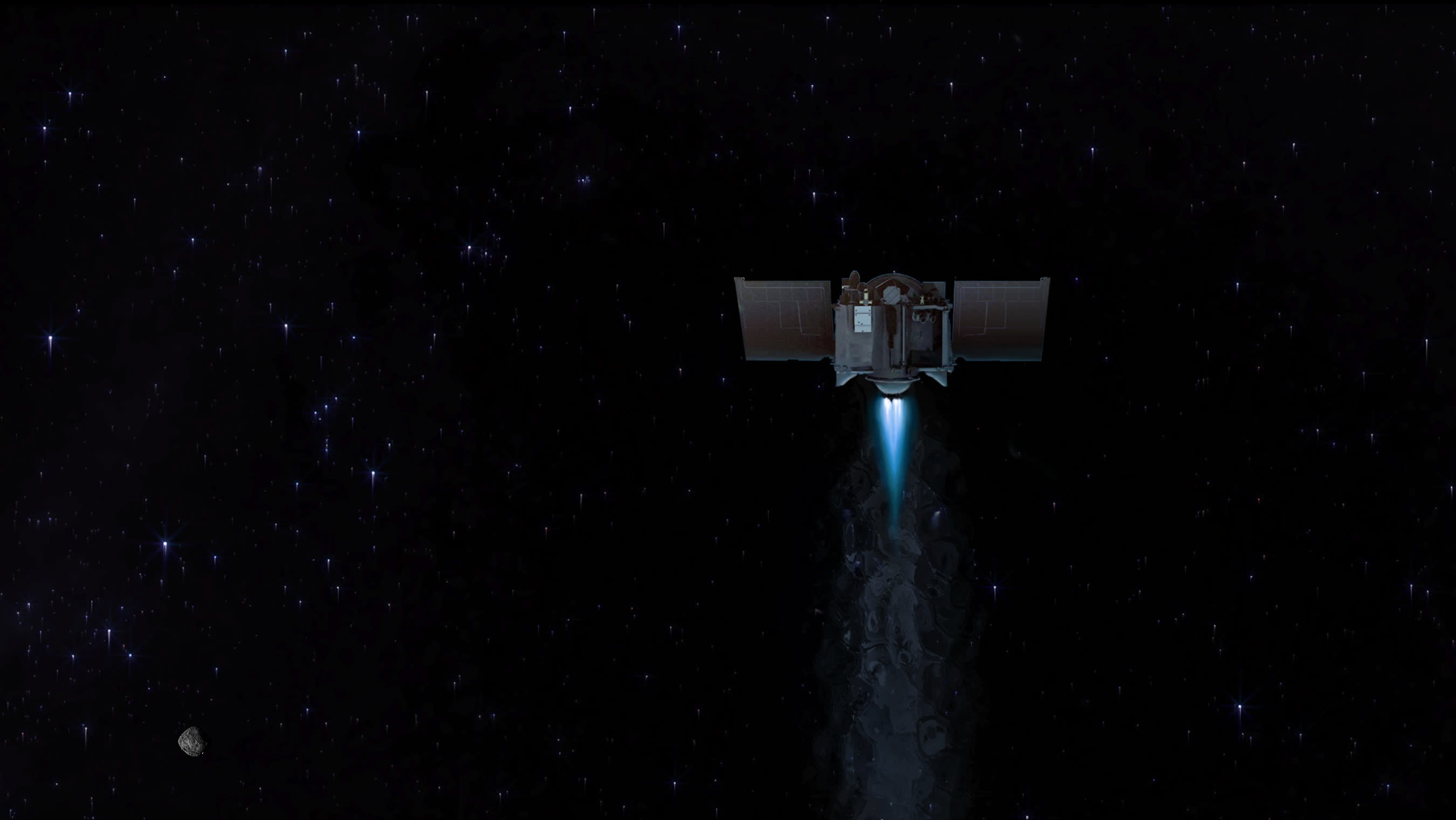Why it matters: NASA’s Origins, Spectral Interpretation, Resource Identification, Security, Regolith Explorer (OSIRIS-REx) spacecraft will depart the friendly vicinity of asteroid Bennu later this year after successfully collecting a sample that’ll eventually be studied here on Earth. The seven-year-long mission will help scientists learn more about the creation of the solar system and perhaps how life started on Earth.
NASA launched the craft in 2016, sending it in the direction of Bennu, an asteroid that is located more than 200 million miles from our home planet. The planned rendezvous went off without a hitch last October as the instrument was able to successfully collect a sample of regolith particles and stow them away for the return trip.

The space agency is now preparing the craft for the next phase of the mission, departure from Bennu’s vicinity. NASA has tentatively set a departure date of May 10, 2021, which puts them in a position to conduct the departure maneuver in a way that consumes the least amount of onboard fuel. Still, it’s risky.
Michael Moreau, OSIRIS-REx deputy project manager at NASA’s Goddard Space Flight Center in Greenbelt, Maryland, said that, “with over 593 miles per hour of velocity change, this will be the largest propulsive maneuver conducted by OSIRIS-REx since the approach to Bennu in October 2018.”
NASA is also planning for the possibility of one final flyby. Not part of the original mission, the flyby would give the craft the opportunity to observe the landing site and see how the collection process altered the sample site.
Should everything go according to schedule, OSIRIS-REx is expected to reach Earth on September 24, 2023.
Source link